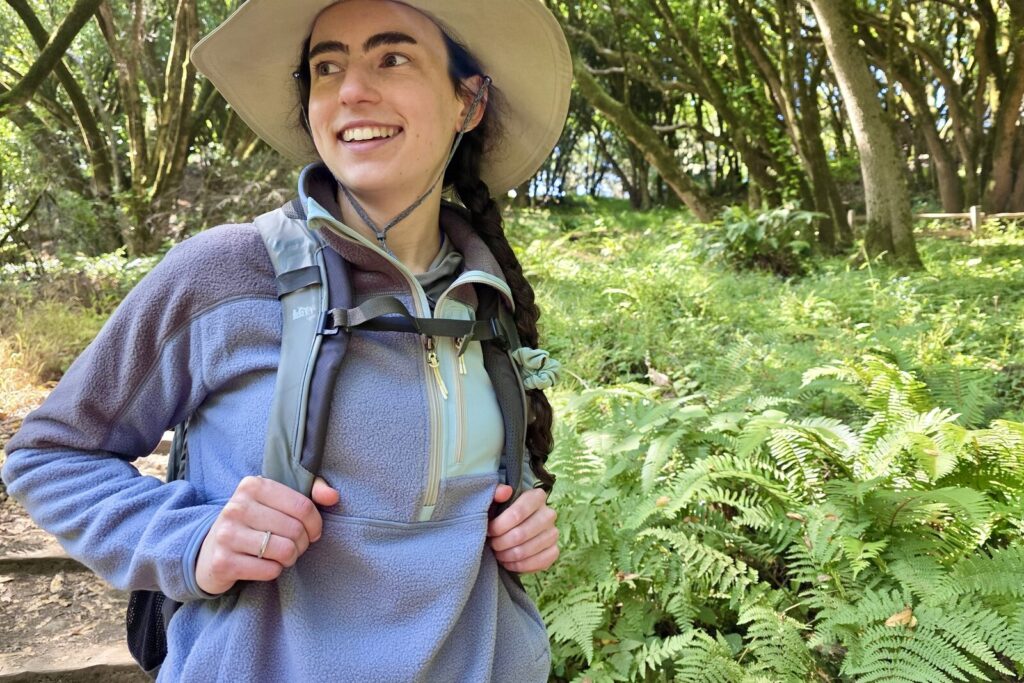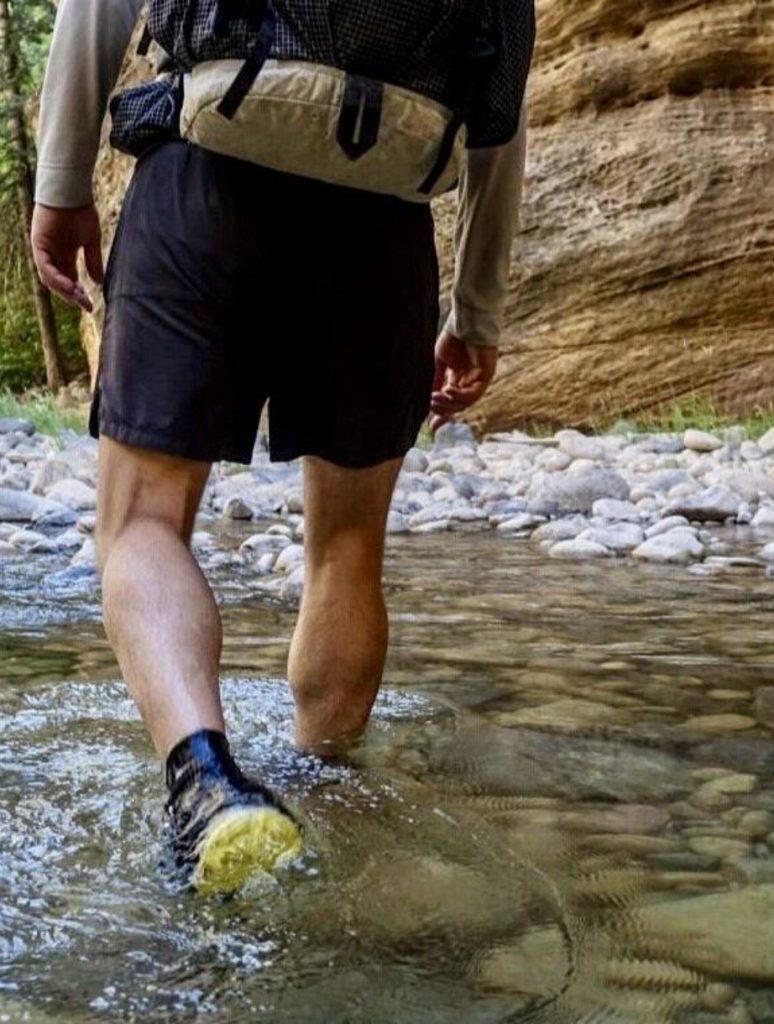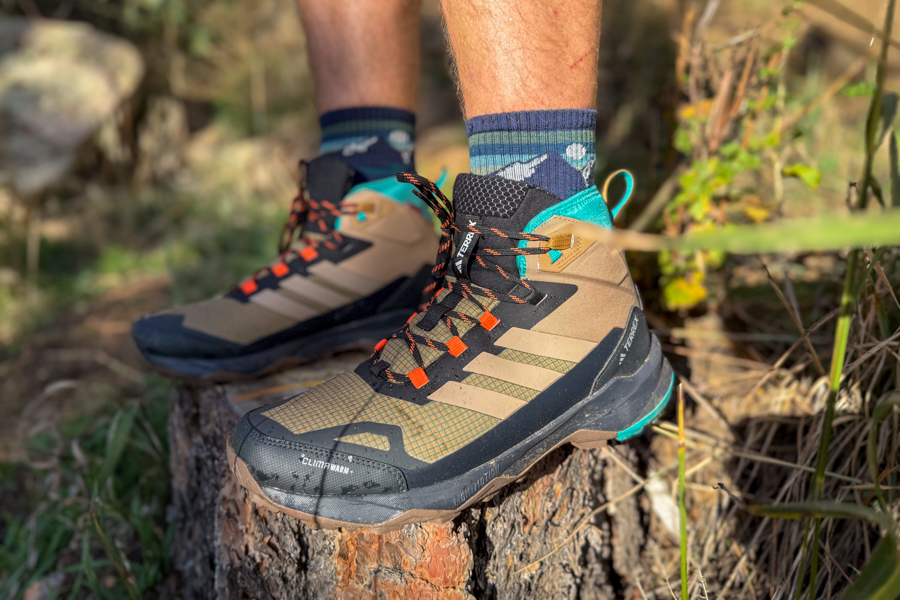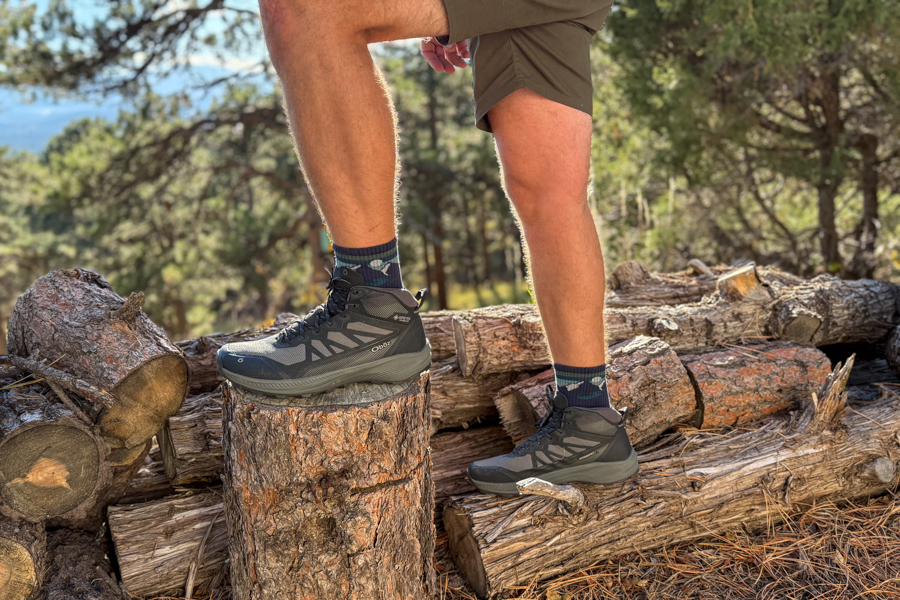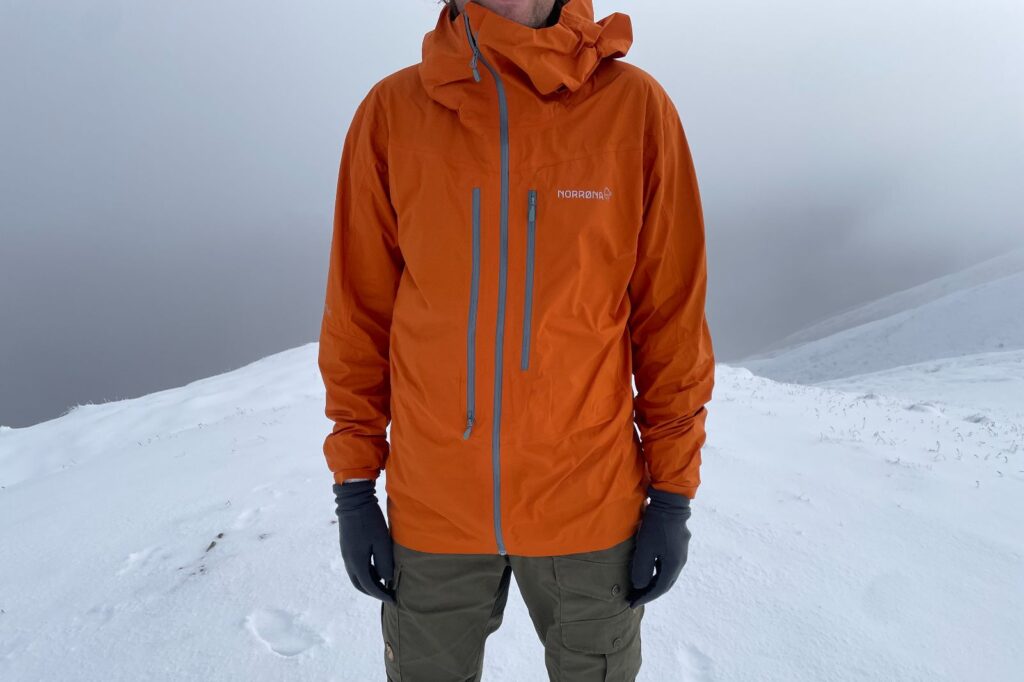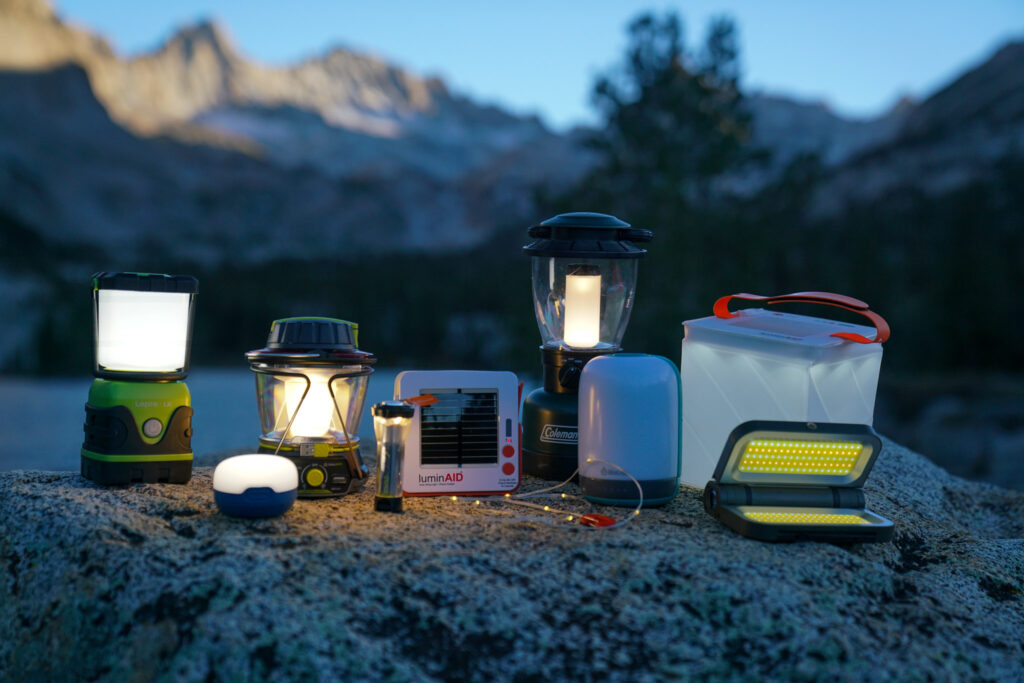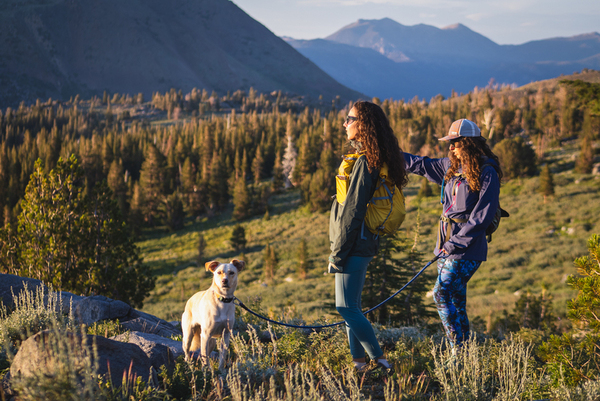
Who doesn’t love a good checklist? Mental lists can get the job done, but a complete checklist ensures we have a good time on the trail – even if we’re just going out for a day hike. It always seems like the one time we don’t use a checklist is when we go to grab something from our pack and it’s not there.
Use our Day Hike Checklist every time you hit the trail to make rounding up your gear quick and easy, and to give you peace of mind that you aren’t forgetting something critical.
Day Hiking Checklist
DOWNLOAD OUR PRINTABLE CHECKLIST
You won’t need all the items on this list for every trip, but it’s worth thinking through each of them as you gather your gear. Grab the basics first, then use the categories at the end to tailor your gear list to your specific needs.
TO DO
- Apply for any required permits
- Call the regional ranger station for trail conditions & regulations
- Check if the trailhead requires a parking pass or cash/card for a pay station
- Check the weather (we like point forecasts from NOAA, SpotWX, or Mountain Forecast)
- Charge electronics & check batteries
- Update emergency contacts and turn on SOS / emergency notification features on your phone
- Review topo maps/take photos of relevant guidebook pages, or screenshot any website beta
- Download GPS phone app & appropriate maps or GPS area
- Download driving directions for offline use (we use maps.me)
- Text an itinerary to a friend & leave one under your car seat
- Pack your bag
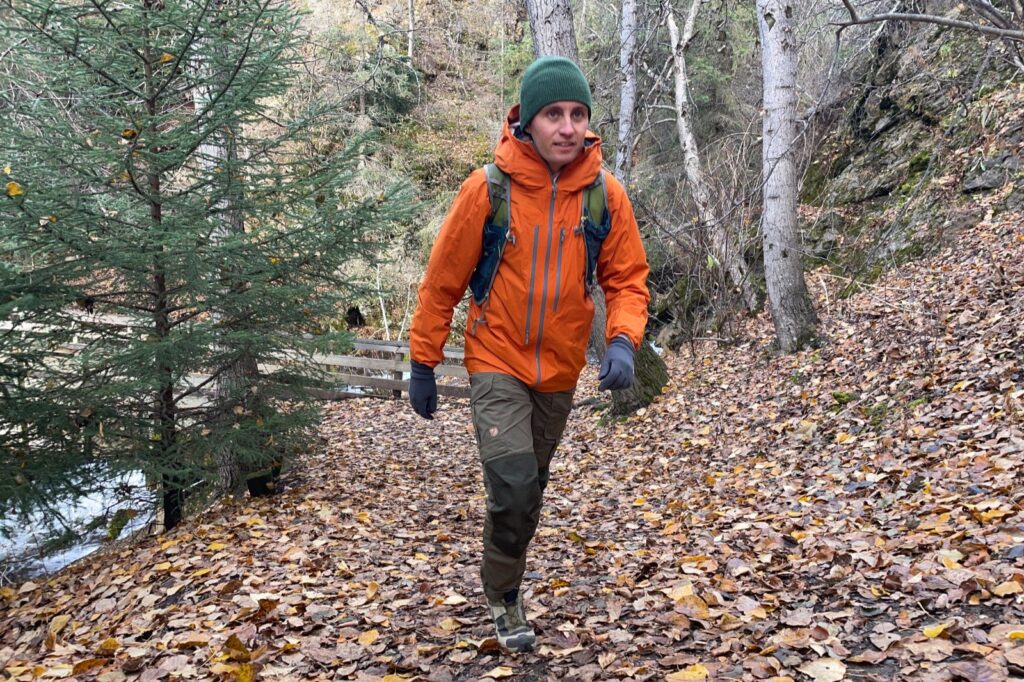
Essentials to Pack
WATERPROOFING
Based on your pack choice, choose one or more of the following to keep your stuff dry:
- Pack liner or trash bag
- Waterproof stuff sack(s)
- Ziploc(s)
TOOLS & ACCESSORIES
- Headlamp
- Minimalist wallet (containing cash, ID, credit card, insurance card)
- Phone in protective case
- First aid kit & prescription Rx
- Sunscreen & spf lip balm
- Poop kit (toilet paper, hand sanitizer, & trowel)
- Light pocket knife or multitool
- Ultralight chair / sit pad or hammock
- Trekking poles
NAVIGATION EQUIPMENT
- Topo map(s)
- Waterproof map bag / Ziploc
- Compass
- Watch
- GPS phone app
PACK
Choose one of the following to carry your gear:
CLOTHING
Some of this should be worn, some should be packed. Layer clothing based on season and weather conditions. For fabrics – go for lightweight and quick-drying (no cotton).
- Hiking pants (men’s / women’s), leggings, or shorts (men’s / women’s)
- Quick-dry underwear (men’s / women’s)
- Shirt (sun shirt, base layer, or short sleeve/tank)
- Jacket(s) (rain, down, synthetic or fleece, windbreaker – usually a combo)
- Hiking shoes (men’s / women’s) or boots (men’s / women’s)
- High-quality socks
- Gaiters (for talus, sand, snow, or fast/long trips)
- Hat(s) (warm or for sun)
- Gloves
- Sunglasses
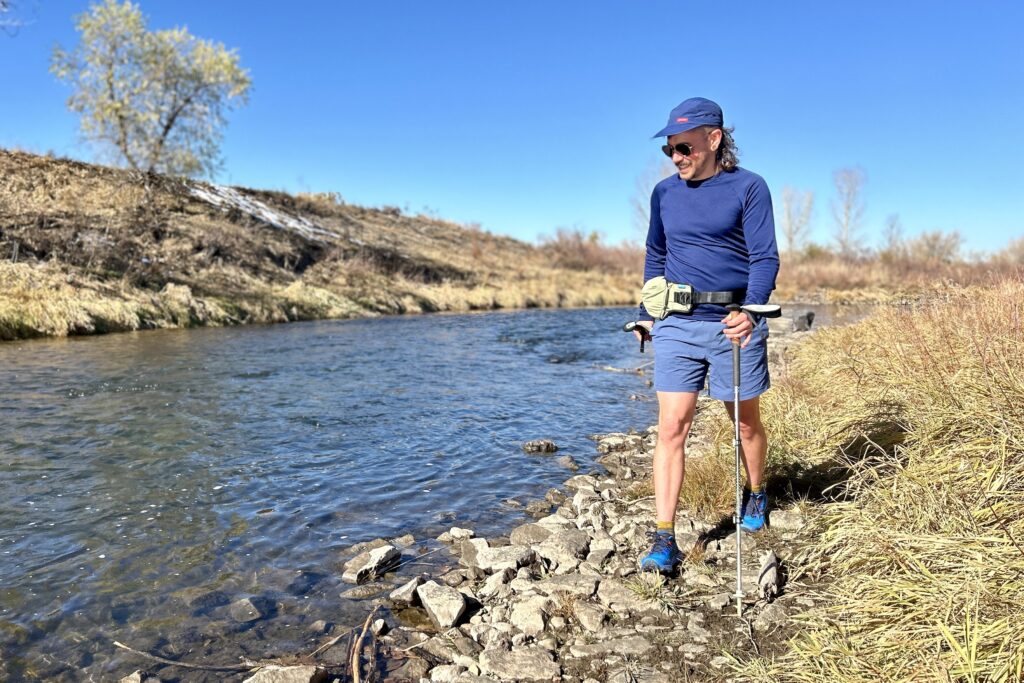
Essentials to Pack in the Car
- Parking pass or cash / card
- Itinerary or note under the seat
- Clean clothes & camp shoes to change into
- Water to refill bottles
- Cooler with post-hike refreshments
- Blanket or camping chairs (for tailgating)
FOOD & WATER
- Extra water bottle(s) or hydration bladder
- Food & snacks (see our favorite trail snacks)
- Utensils (if needed)
- Empty bag(for garbage)
- Hydration mixes (see our favorite hydration mixes)
- Travel mug or bottle for warm bevies

Additional Items for Specific Trips
RAIN & SNOW
- Rain jacket
- Rain pants
- Rain mittens
- Umbrella
- Warm socks
- Traction devices or snowshoes
- GPS / phone app (for route finding in snow)
MOSQUITOS & TICKS
- Pre-treat clothing with Permethrin
- Treat skin with Picaridin
- Head net
LONG HIKES / REMOTE LOCATIONS
- Extra food for emergencies
- Whistle (most backpacks have one built into the chest strap, so check first!)
- Duct / Tenacious Tape (for repairs, we wrap a mini roll and keep it in our first aid or around our trekking pole)
- Small lighter & fire starters
- Water filter or treatment
- Collapsible water containers (for carrying lots of water in dry locations)
- Satellite Messenger / PLB
- Emergency blanket / shelter
GRIZZLY BEAR COUNTRY

Photography
Before you leave, it’s a good idea to back up photos, clear storage, and clean your lenses.
DSLR or Point-and-Shoot
- Camera
- Holster or camera clip
- Tripod
- Remote shutter
- Microfiber cleaning cloth
- Rain cover / dry bag
- Extra battery bank
- Extra camera card
Smartphone
- Phone
- Shoulder pouch or hipbelt pocket
- Tripod
- Smartphone tripod mount
- Remote shutter
- Microfiber cleaning cloth
- Waterproof phone case or Ziploc
- Power bank (for long trips)
- Short charging cable
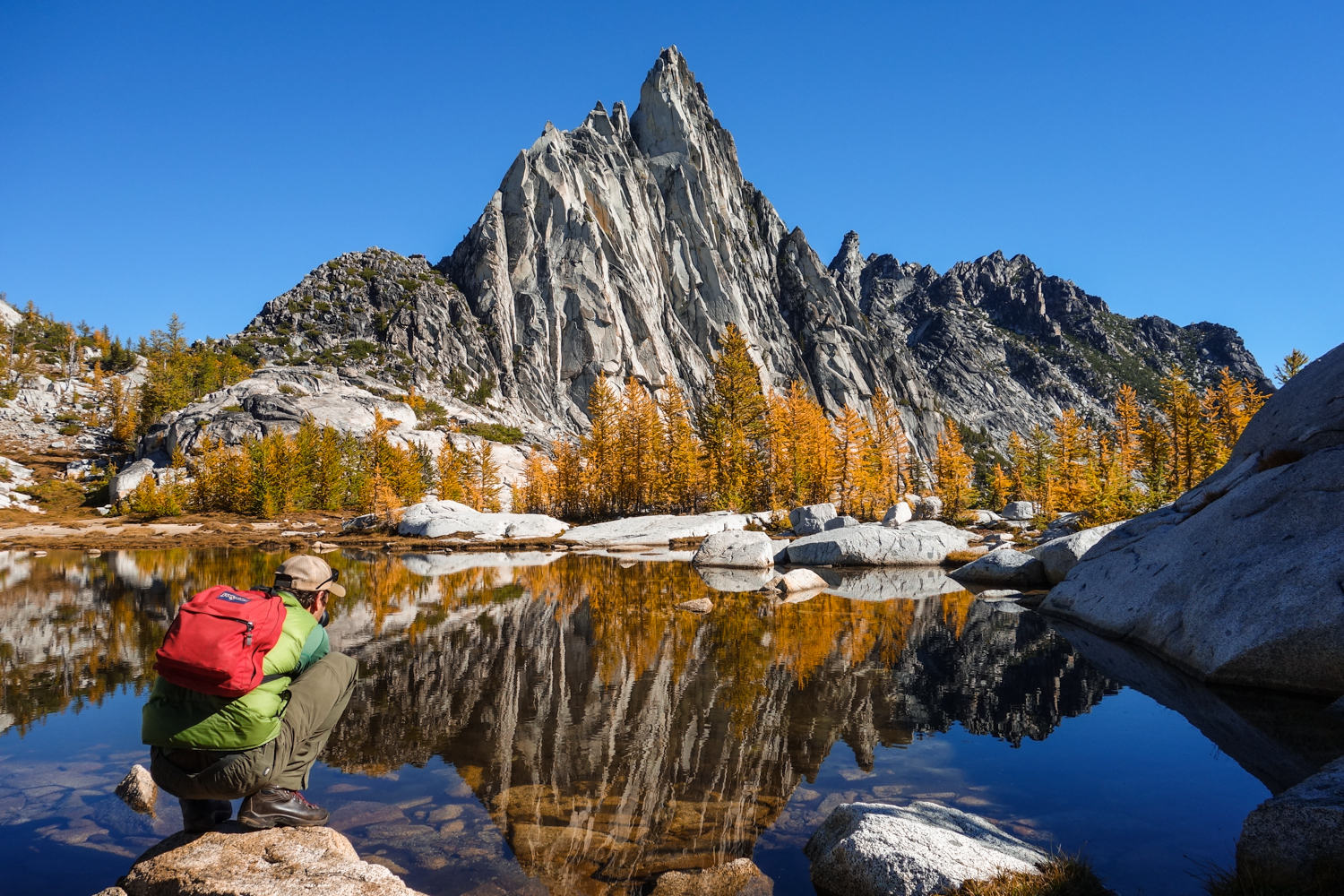
Essentials for Hiking with a Dog
For the trail
- Leash
- Collar / harness
- Food & collapsible bowl
- Extra water
- Treats & treat pouch
- Dog boots / Musher’s Secret Wax (to protect the paws)
- Poop bags & gallon Ziploc (to pack out waste)
- Dog backpack
- Dog jacket (for dogs with low cold tolerance)
- Foam pad (to insulate you and your dog from the cold/wet ground during breaks)
- Dog first aid kit (or add stuff to human first-aid kit)
- Collar light (check battery pre-trip)
Leave in car
- Quick-dry towel
- Blanket
- Dog car hammock (seat protector, these things rule!)
- Extra dog food in an airtight container
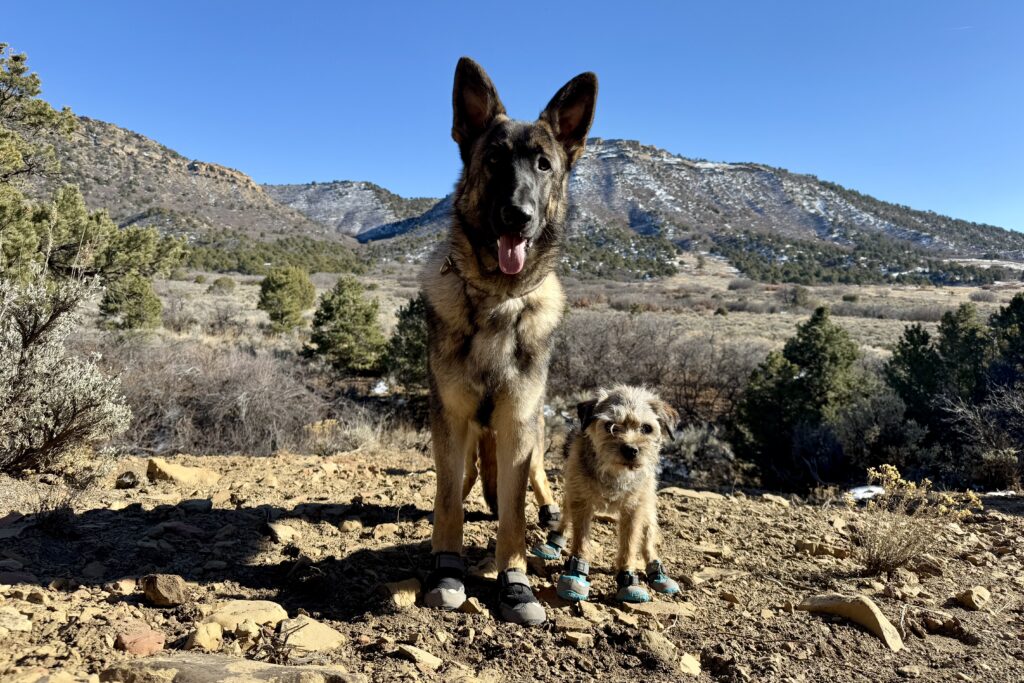
Overnight Trips Checklists
Prepping for a multi-day adventure? We also have checklists for backpacking, camping, and winter camping.
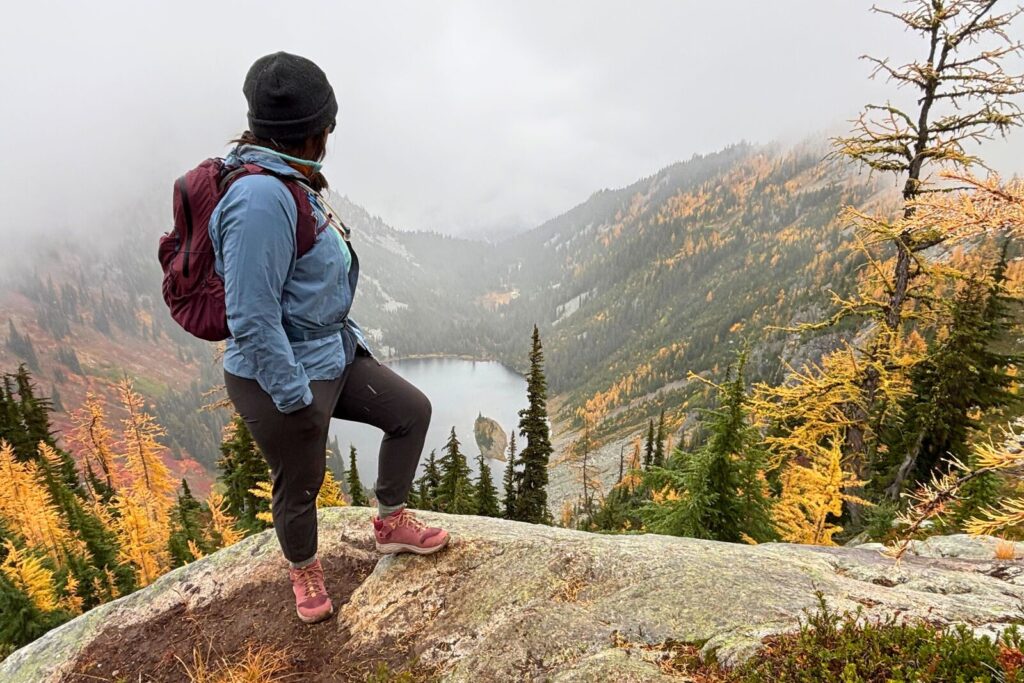
Day Hiking Tips
FINDING A BALANCE OF PACK WEIGHT & PREPAREDNESS
A lightweight backpack is far more comfortable to carry. This will help you conserve energy so you can hike further and enjoy your time outdoors more. That said, we never advise skipping essentials like a map, food, water, a rain jacket, and a basic first-aid kit when venturing into the backcountry. Learn more about ways to reduce your pack weight.
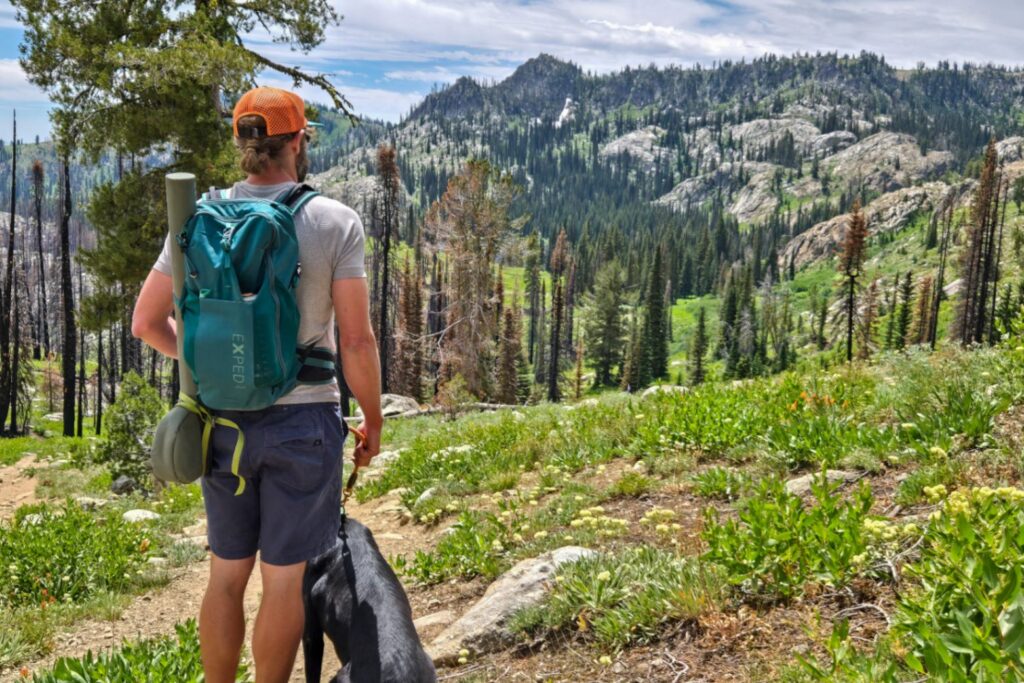
BACKPACKS
Most people use a daypack, running vest, or hydration pack (basically a running vest with a bladder) for day trips for their useful capacity, comfortable carry, and convenient pockets to keep gear organized and easily accessible. Daypacks come in a variety of sizes, but we prefer those that have about 20-30 liters of volume. Fanny packs are also a great option for small gear loads or for extra capacity in addition to a daypack.
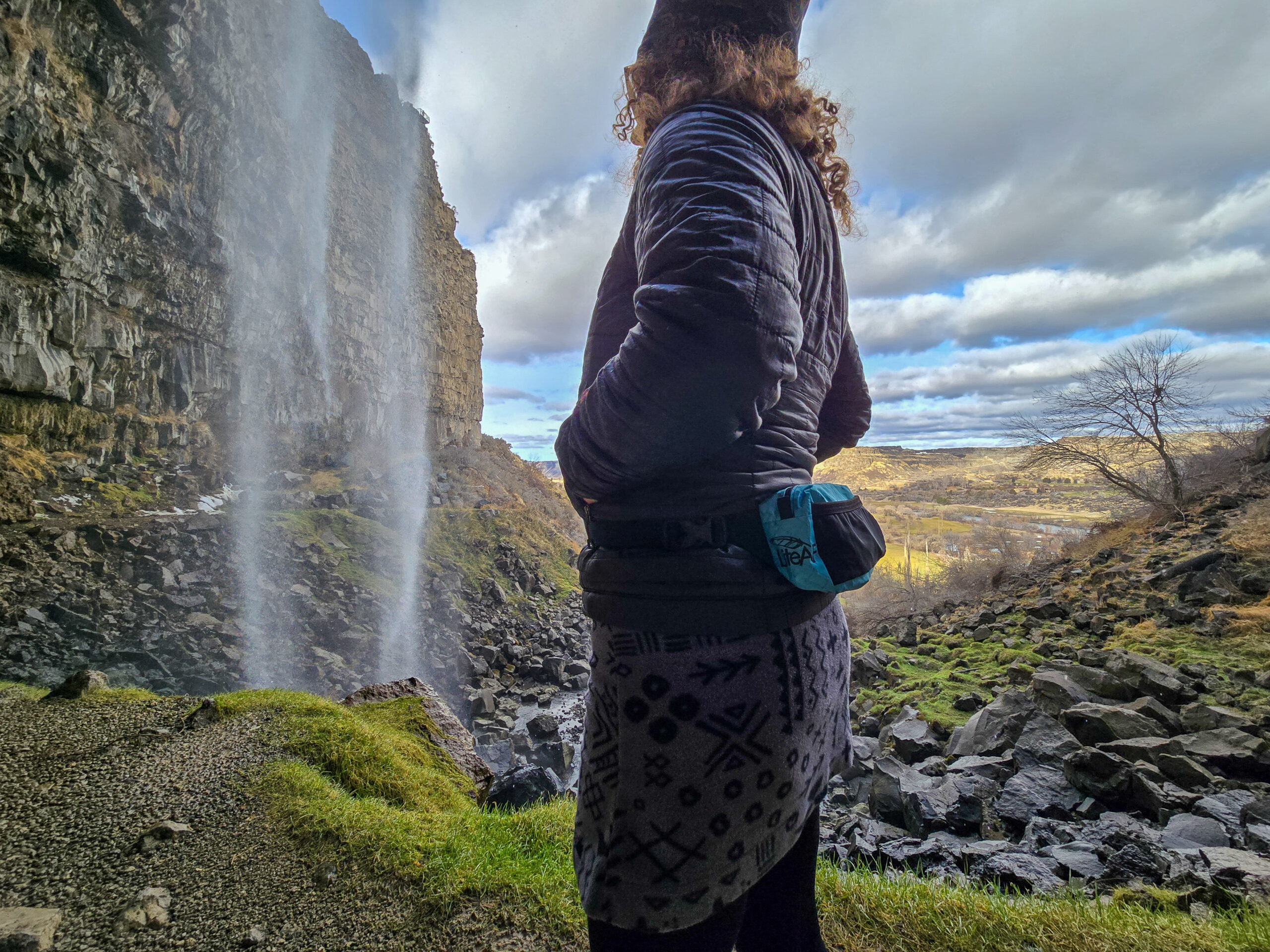
WHAT TO WEAR FOR HIKING
The clothing you wear and pack for a day hike will depend on the conditions you expect to encounter on specific trips, but the basics remain the same. Wear layers made of quick-drying (synthetic or wool) fabrics so you can stay comfortable no matter the weather. Lightweight, breathable footwear and high-quality, non-cotton socks also make a huge difference in reducing fatigue and avoiding blisters. Get specific recommendations on the best down jackets, rain jackets, hiking pants, base layers, and more on our Gear Guide Homepage.
